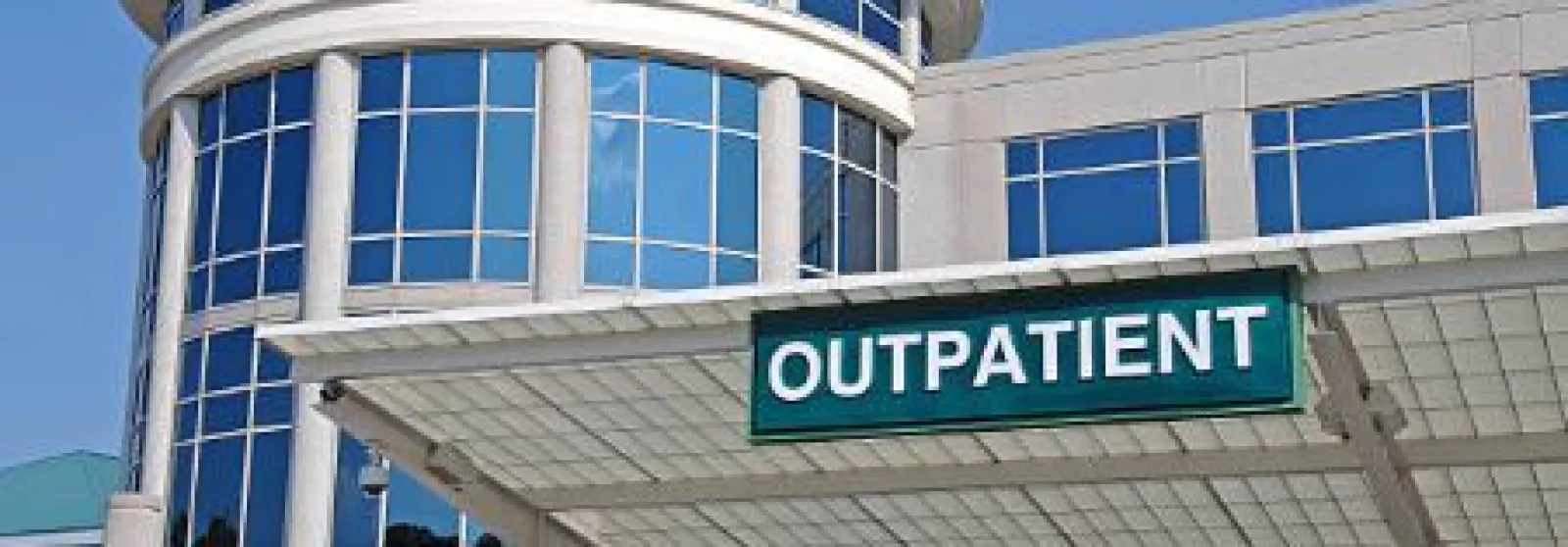Medical offices are being designed to use less space and drive the same care in a more efficient manner, Jacobson says. "You have the staff in the middle and a corridor that looks like an H so staff can cut through areas with exam rooms on the outside," Jacobson says. "They want to reduce the amount of steps taken."
Travis Ives, an executive director with Cushman & Wakefield's who heads its U.S. healthcare capital markets team says "one of the bigger trends to watch is how the pandemic changed where people want to live, whether it's moving out of an urban area to the suburbs or migrating to the Sun Belt and other locales".
"They built a system around where people live and work, and the pandemic created a catalyst that prompted people to relocate within metropolitan areas and to other parts of the country, '' Ives says. "Healthcare isn't known for moving fast, but now it has to play catchup to maintain market share and serve that population. That's a theme talked about for a while in traditional office space with employees moving to the suburbs and not commuting downtown anymore. Now the same theme is going to play out in medical office too. I think you're going to see healthcare providers starting to expand services in the suburbs where they may not have been as aggressive in that growth strategy had it not been for the pandemic and dislocation of the population as a result."
To read more about why there is strong demand for health services that is driving more medical office development, read this article.
If you are looking for an organization that has focused on improving The Patient Experience for over 40 years, look no further than Expeditor, our focus has always been on improving the patient experience through increased Patient Flow efficiency in outpatient clinics. Let us show you how our technology has increased patient flow efficiency for over 7,000 clients, Contact Us today!




